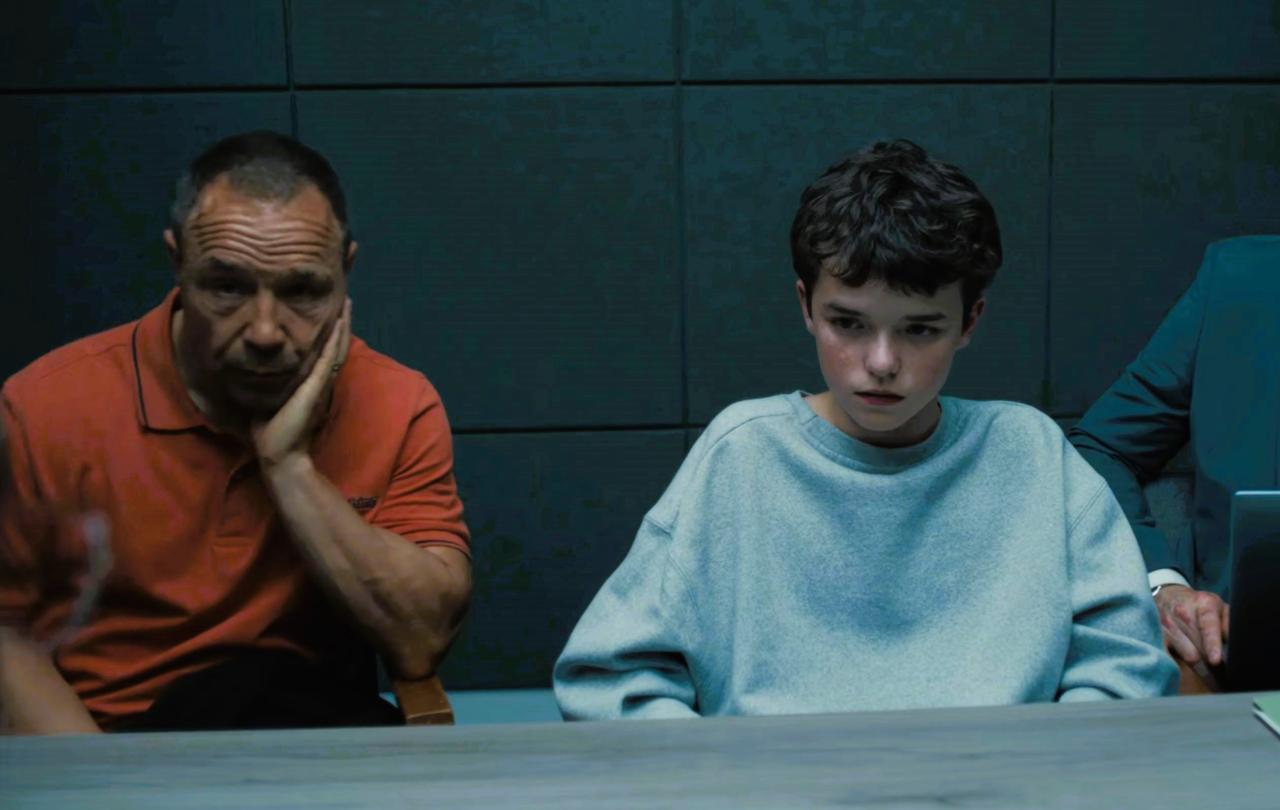
My wife turned to me this week whilst watching the compelling Netflix drama Adolescence and asked if it was based on a true story. That proves the quality of the acting, script, and storyline. But it also demonstrates the drama’s prophetic nature. Conceived two and a half years ago by Stephen Graham and Jack Thorne, the perversion of Jamie’s underdeveloped brain and developing masculinity by social media forces has come to reflect real-life extreme violence by young men. With the sentencings of murderers Axel Radakubana and Nicholas Prosper in recent weeks, Jamie’s actions resonate deeply. Adolescence isn’t based on a specific true story, but that doesn’t prevent it from being true.
What about the role of social media in these narratives? Radakubana and Prosper were radicalised by violent content they had accessed online. With social media, extreme content does well, particularly on sites with no filters on pornography and violence like Reddit and X. We are beginning to discover that content algorithms are not neutral, instead siloing us into echo chambers that are deliberately forming us into better consumers of content, advertising, and objects. Social media harvests our data and sells it on- meaning it cultivates us as the product.
Yet these manipulations cover over the deepest issue. Social media depersonalises us, preventing us from making genuine human connection and perverting our view of anybody but us. The German philosopher Martin Buber differentiated between two different ways for humans to exist in the world. One was I-It; in a person treats everyone and everything they come into contact with as an ‘It’- something to be used or taken advantage of.
The other was I-Thou, in which humans approach every other person as a unique being, with resources to offer the I which ensures that a mutual, open, present connection ensues. For Buber, the ultimate ‘Thou’ was God, with whom humans can have the deepest and most transformative connection.
Social media ensures we see life in ‘I/It’ mode by removing genuine contact with others and providing curated, fake, existences that can never be open to genuine connection with others. Love and affection become commodified; likes, follows, reactions. Our presentation of ourselves becomes more extreme, more perfect, more beautified, to keep mining the commodities. Our eyes and our hearts are forced inwards, and we lose any sense of encountering a ‘Thou’ on the way. We just keep encountering the I: our own thoughts, needs, desires, self-radicalised by our own insular minds.
This can be our contribution to the conversation on the culture our young people, and particularly young men, are growing up in. To live I/Thou lives.
The great St Augustine back in the fourth century developed the idea of ‘original sin.’ All humans are prone to destruction: it’s in our DNA. The evidence for such an idea is found in every human experience, as the destructor and the one destructed. Left unchecked without genuine connections with others to challenge and expand our hearts, an I/It life digs deeper and deeper into these destructive impulses until our humanity is twisted into violent obsessions.
The I/It life focuses completely on self-glorification through any means, something amplified by social media. What if we don’t get enough likes, follows, reactions? What if we cannot achieve self-glory through the more banal mediums of attraction, attention, popularity?
Both Radakubana and Prosper said they wanted to be notorious, attempting to find the most extreme channel for their violence as possible to ensure they are never forgotten. They will not be the last. Jamie continues to deny his crime but in episode three of Adolescence he states that he could do whatever he wanted to Katie, the young girl he murdered. The same impulses come through; others as objects to take advantage of in achieving self-satisfaction.
The good intentions for human connection that some of those early social media sites were set up for has been largely lost. But the good intention can remain in our own resolution to live an I/Thou life. Putting down social media and picking up connections with humans in the real world by seeing the other with curiosity and openness will ensure that we are constantly turning our heart outwards, embracing genuine relationships, and finding space in our heart to think of the other before ourselves. These are the relationships that will make us more human.
Ultimately, Buber was right that the ultimate ‘Thou’ connection we can make is with God. The Christian story is full of God’s desire to seek out relationship with humanity, to allow us to find a connection with God that surpasses our own human experience and transforms us to be people that slowly grow away from our destructive instincts.
What might Christian faith have to contribute to the conversation on the culture young men are growing up in? To live I/Thou lives that are curious, open, and seeking truest divine and human connection. Such a life might even touch those who have been ravaged by social media and ignored by other I/It lives. It might even inspire them to compassion and curiosity that look beyond the content that turns them inwards, to turn outwards and find a healthier future.
Celebrate our 2nd birthday!
Since March 2023, our readers have enjoyed over 1,000 articles. All for free. This is made possible through the generosity of our amazing community of supporters.
If you’re enjoying Seen & Unseen, would you consider making a gift towards our work?
Do so by joining Behind The Seen. Alongside other benefits, you’ll receive an extra fortnightly email from me sharing my reading and reflections on the ideas that are shaping our times.
Graham Tomlin
Editor-in-Chief





